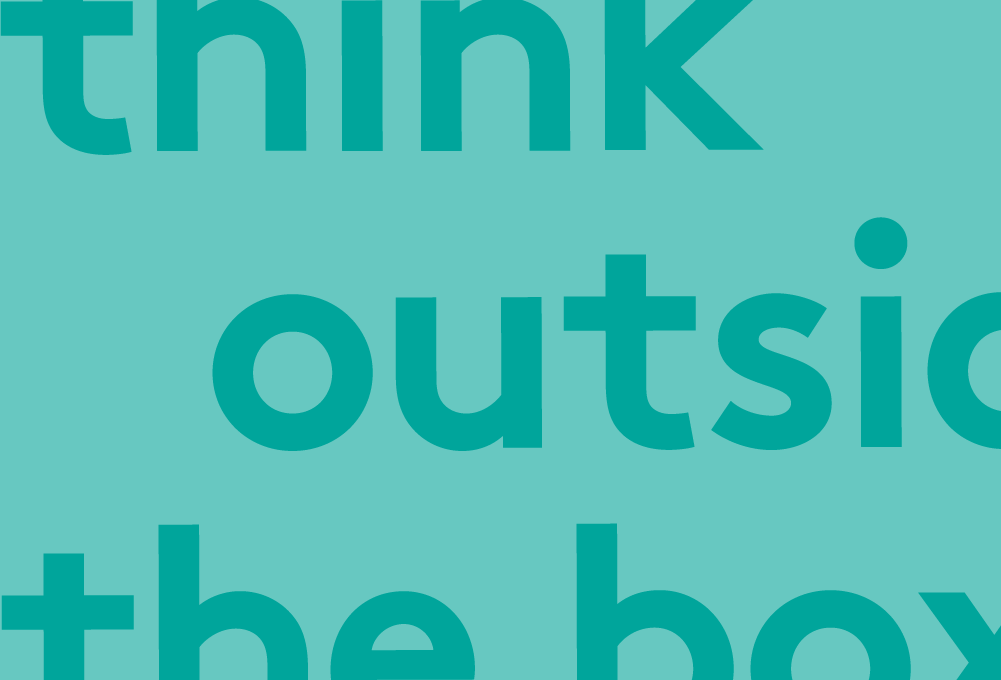Metaphors in creative copywriting – metaphorically speaking

I read the other day that we use metaphors about every 25 words. Which seemed a lot. So I started looking out for them. And when you start, it’s difficult to stop seeing them, well, everywhere.
Metaphors in copy are rooted in our language
(Exhibit A: I just used a metaphor without even thinking about it.)
They’re not just a poetic device used “to say things prettier”, metaphors shape how we perceive and understand the world around us. What does metaphorically speaking mean and how can we use metaphors in copywriting?
Linguists George Lakoff and Mark Johnson argue that metaphors are an integral part of our conceptual system: how we define our everyday reality (what we think, feel, and do).
They help us to make sense of that which is difficult to pin down – the abstract and intangible – through something which is easier to grasp – the concrete and physical.
For example, “time is money”.

Time is a slippery concept. So we understand it in terms of something physical: money.
We invest money, buy it, save it, spend it, and so on. And we talk about time in the same way.
Money, and therefore time, is perceived as a valuable commodity. This shapes how we talk about it, understand it, and – ultimately – act.
“Metaphors affect the way we perceive the world, categorize experiences, and organize our thoughts.”
– Hernan Pablo Casakin, Metaphors in design problem solving: implications for creativity
Good metaphors to use in creative writing
Paint a picture
Metaphors are incredibly useful for communicating effectively and “efficiently”:
“because we have grown up implicitly understanding both verbal and visual metaphors they act as a shortcut directly into our emotions and thinking. We do not have to process them in the same way as new information, making them easier to understand and more effective at manipulating us.”
– Andrew Tate, How designers use visual metaphors to change the way we act and feel
At D&AD Festival in May, I attended a great talk on “Beating the Bullshit” by Kate Van Der Borgh and Matt Baxter. This was all about breaking down communication barriers and the importance of using everyday understandable language rather than business jargon.
A really interesting point they made was that often communication barriers are caused by talking in the abstract and refusing to “get real”.
And the answer to this?
“Let your readers see what you are seeing by using visual, concrete language.”
Paint a picture with words. With creative copywriting, give people a window onto the world.
Which is exactly what metaphors do.

Actually paint the picture
Metaphors aren’t just verbal, but visual too.
I’ve previously written about graphic memoirs, which are rich with visual metaphors. Usually handling challenging topics, their focus is often on coming to terms with difficult experiences and communicating complex emotions. Metaphors can help express these.
Similarly, visual metaphors often appear in advertising and can be used to great effect.
I’ve been reading Beryl McAlhone and David Stuart’s A Smile in the Mind recently. It’s all about wit: combining the familiar with the unexpected to capture the audience’s attention, and making them stop and think “huh, that’s clever”.
Which is very similar to metaphors…
Madame de Stael said:
“Wit lies in recognizing the resemblance between things which differ and the difference between things which are alike.”
Mark Twain in fact used a metaphor to describe wit:
“Wit is the sudden marriage of ideas which before their union were not perceived to have any relation.”
And, in fact, Bateman defines visual metaphors as:
“the unusual pairing of two elements that creates a new meaning that neither element had alone, thus creating a whole new conceptual visual expression.”
Metaphors in design
Metaphors are all around us.
And, as John Saito points out in his article Making up metaphors, many of the icons we see every day are metaphors:
Settings = ⚙️
Edit = ✏️
Attach = 📎
Delete = 🗑
Notifications = 🔔
Search = 🔍
They all represent one thing in terms of another. Allowing us to understand the function of the button quickly. And:
“after seeing these icons over and over, we learned and memorized these metaphors. Now they’re part of our everyday vocabulary.”
– John Saito, Making up metaphors
But it’s not just about communication…
We experience metaphors
Which resonates with you more:
“The singer had a velvet voice” or “the singer had a pleasing voice”?
“He was going through a rough patch” or “he was going through a difficult time”?
(If it’s not the first on both occasions, that really ruins my point. But science is backing me, so it’s fine.)
Research has shown that when people read words that have a textural quality, the sensory cortex – responsible for perceiving texture through touch – becomes active. So while the sentences have the same meaning, they do not have the same effect: the first sentence rouses the sensory cortex while the second sentence does not.
Unsurprisingly, this sort of writing is much more accessible and engaging:
“When reading straight data, only the language parts of our brains work to decode the meaning. But when we read a story, not only do the language parts of our brains light up, but any other part of the brain that we would use if we were actually experiencing what we’re reading about becomes activated as well.”
– Rachel Gillet, Why our brains crave storytelling in marketing
“The brain, it seems, does not make much of a distinction between reading about an experience and encountering it in real life; in each case, the same neurological regions are stimulated.”
– Annie Murphy Paul, Your brain on fiction
But it goes further than that…
A study by Yale Social Psychologist John Bargh found that giving participants an iced or hot coffee to hold affected how they perceived the social warmth of a described individual. Those that held the hot coffee rated the individual as more socially warm.
In a similar study, University of Cambridge Psychologist Simone Schnall found there was a link between cleanliness and moral judgement. Exposing participants to a bad smell caused them to judge more severely, whereas those who washed their hands before judging were more lenient.
With great power, comes great responsibility
A study at the University of Lancaster showed using war metaphors for cancer actually caused patients to end up feeling responsible for the deterioration in their condition. It’s common for people to talk about someone dying of cancer as “losing their battle with cancer”. And an unintended but potential interpretation is that had they fought harder they might have won.
”Struggling to live up to some gold standard of what beating cancer means, adds to the already exhausting burden … Cancer isn’t an opponent in some war game you can stomp out by mindset or determination.”
– Nancy Stordahl, What Does Beating Cancer Mean Anyway?
Furthermore, in a JAMA Oncology article, the authors discuss how:
“the continuous urge to win the battle extends to oncologists, who actively treat patients for too long … 8% of patients receive chemotherapy within 2 weeks of dying of cancer, and 62% within 2 months.”
The battle metaphor might be “just a metaphor” but it can even affect how we handle the treatment of cancer.
Linguist Elena Semino noted that, while using the battle metaphor in relation to cancer could be – and is – helpful for some patients, it must be left up to the patient to introduce it.
A powerful tool
Metaphors allow us to:
“bypass the normal processing of language and get straight to the core of how people think, changing their feelings, emotions and thoughts for the better, or for the worse.”
– Andrew Tate, How designers use visual metaphors to change the way we act and feel
They’re powerful tools. They can be used to great effect. And should be an essential part of any creatives’ toolbox.
But we do need to bear in mind just what effect they have.
Original author, Marianne Fish

About markmaking*
markmaking*